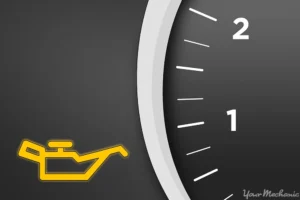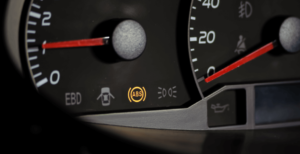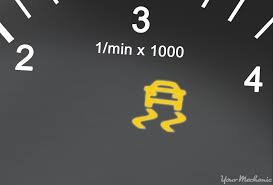Understanding Car Dashboard Lights: A Comprehensive Guide
Have you ever been startled by a bright light on your car’s dashboard while cruising down the road? Those symbols and lights might seem cryptic at first, but fear not! They’re actually your car’s way of communicating with you. This guide will shed light (pun intended!) on the most common car dashboard lights, helping you understand their meaning and ensuring a safe and informed driving experience.
Understanding Car Dashboard Lights:
Car dashboard lights come in a variety of colours, each with a specific message. Let’s break down the most common ones:
- Green/Blue Lights: These typically indicate that a system is functioning properly, like headlights or low beams. They’re generally your friendly neighbourhood lights, letting you know everything’s running smoothly.
- Yellow/Orange Lights: These are warning lights, and while not an immediate emergency, they signal a potential issue that needs attention soon. Think of them as gentle nudges from your car, saying, “Hey, something might be up, let’s get that checked out!” Examples include low tire pressure or a malfunctioning engine temperature gauge.
- Red Lights: These denote a serious problem that requires immediate action. Pull over safely and consult your car’s manual or seek professional help. Red lights are like your car screaming “STOP!”, so don’t ignore them!
Common Car Warning Lights:
Now that we understand the colour scheme, let’s delve into some of the most common car warning lights you might encounter:
- Check Engine Light: This is the most notorious light, and it can indicate a wide range of issues, from a loose gas cap to a more serious problem. Don’t panic, but don’t ignore it either! Get your car checked by a mechanic to diagnose the problem. Think of it as a general “check-up” reminder from your car.

- Oil Pressure Warning Light: This signifies a lack of oil pressure, essential for engine lubrication. It’s like a red oil can screaming “I’m running low!”. Pull over immediately and turn off the engine to avoid further damage. Ignoring this light can lead to expensive engine repairs.

- Battery Warning Light: A failing battery can leave you stranded. This light often looks like a car battery, so it’s pretty easy to understand! Dim headlights or slow engine crank can also be signs of battery trouble. Time to consider a battery replacement or jumpstart depending on the severity.

- Temperature Warning Light: This light warns of overheating, which can damage your engine. It usually looks like a thermometer reaching for the sky. Turn on the heater (if possible) and pull over to a safe location to cool down the engine. This could be caused by a low coolant level or a malfunctioning thermostat.
- Anti-Lock Brake System (ABS) Warning Light: A faulty ABS system can affect braking performance in slippery conditions. This light often looks like a car with skidding tires. Have the ABS system checked by a mechanic to ensure safe stopping power.

- Tire Pressure Monitoring System (TPMS) Light: This light indicates low tire pressure, which can affect fuel efficiency and handling. It often looks like a horseshoe with an exclamation mark inside. Check and inflate your tires to the recommended pressure listed on a sticker inside your driver’s door or in your car’s manual.
- SRS (Supplemental Restraint System) Light: This light, also commonly known as the airbag warning light, indicates a problem with your car’s airbag system. Airbags are crucial safety features that deploy in a collision to cushion occupants.

- Traction Control Light: This light indicates that your car’s traction control system (TCS) is activated or there might be a malfunction with the system itself. TCS helps prevent wheel spin during acceleration on slippery surfaces by reducing engine power or applying brakes to individual wheels.

Beyond the Basics:
While these are some of the most common car dashboard lights, there are many others specific to your car’s make and model. Consulting your car’s owner’s manual is crucial for understanding the exact meaning of each light in your vehicle. The manual will also likely have instructions on how to reset certain warning lights, like the TPMS light after inflating your tires.
Maintaining Peace of Mind:
Here are some additional tips for maintaining peace of mind on the road:
- Regular Maintenance: Following your car’s recommended maintenance schedule can help prevent problems before they arise, reducing the likelihood of seeing warning lights. Think of it as preventative car care!
- Familiarize Yourself: Take some time to get acquainted with your car’s dashboard layout and the meaning of the various lights. A little knowledge goes a long way in reducing stress behind the wheel.
- Don’t Hesitate to Ask: If you’re ever unsure about a warning light, don’t hesitate to consult a mechanic. They’re the experts and can diagnose the problem and recommend the best course of action.
Conclusion:
By understanding your car dashboard lights, you can ensure a safer and smoother driving experience. Remember, these lights are your car’s way of keeping you informed. So pay attention to them, address any issues promptly, and keep rolling! With a little knowledge and proactive maintenance, you can navigate.



